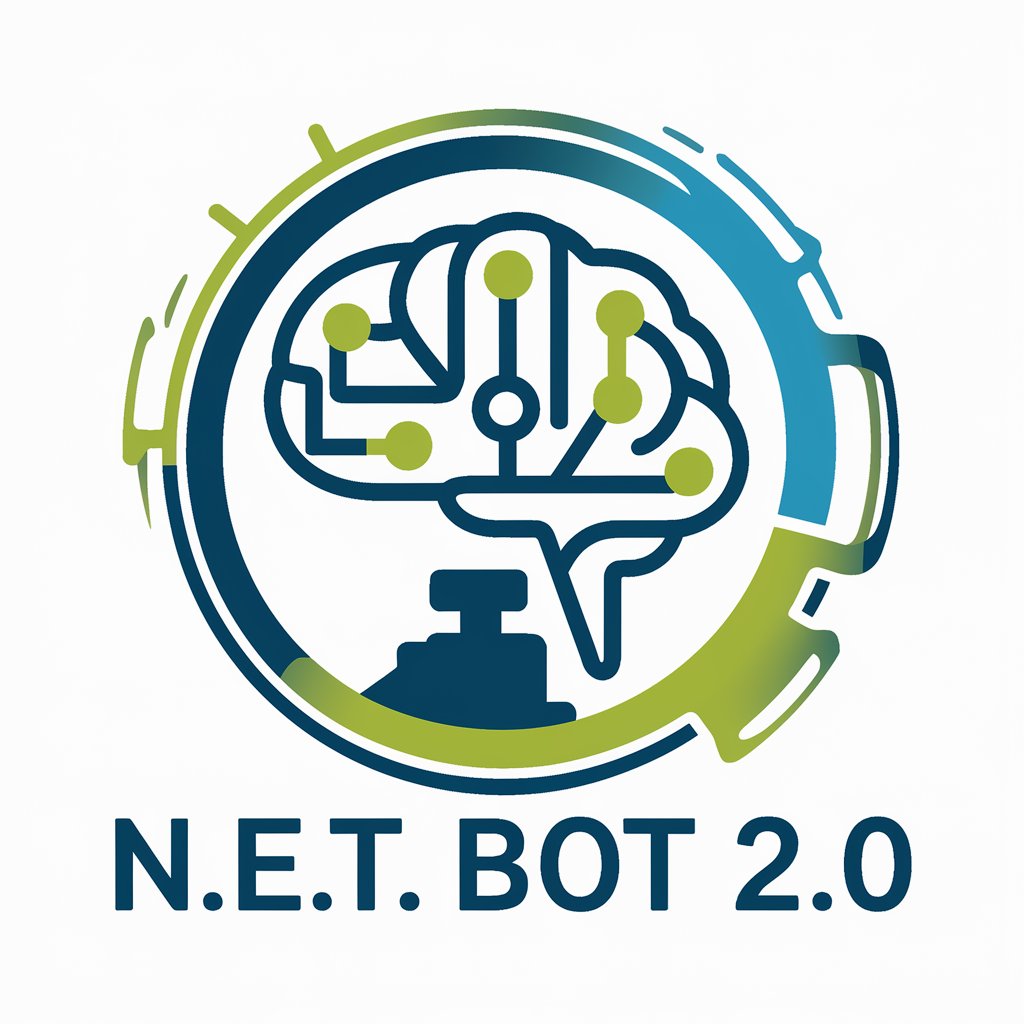机动车驾驶证科目 一考试 - Chinese Driving Test Practice

欢迎来到机动车驾驶证科目一考试!
Ace Your Driving Theory Test with AI
以下哪项是正确的驾驶行为?
在这种情况下,驾驶员应如何操作?
当看到这个交通标志时,驾驶员应该?
遇到这种交通情况时,驾驶员应注意什么?
Get Embed Code
Introduction to 机动车驾驶证科目 一考试
The 机动车驾驶证科目 一考试, or the Chinese Driving License Theory Test, is an essential part of the process to obtain a driving license in China. This test assesses a candidate's knowledge of road rules, traffic signals, and driving safety. It's designed to ensure that all potential drivers have the necessary understanding of traffic laws and practices to operate a vehicle safely. The test consists of multiple-choice questions covering a wide range of topics, from traffic regulations to vehicle maintenance. It's conducted electronically and requires a thorough understanding of the driving rules applicable in China. Powered by ChatGPT-4o。

Main Functions of 机动车驾驶证科目 一考试
Assessment of Legal and Traffic Knowledge
Example
Questions regarding traffic signs, right-of-way rules, and legal driving limits.
Scenario
A candidate must identify the meaning of various traffic signs and understand the implications of traffic laws to pass.
Evaluation of Safe Driving Practices
Example
Questions on emergency responses, hazard perception, and safe driving distances.
Scenario
The test assesses a driver's ability to respond correctly in emergency situations or to identify potential road hazards.
Testing Understanding of Vehicle Operation and Maintenance
Example
Questions about basic vehicle mechanics, maintenance tasks, and troubleshooting common issues.
Scenario
Candidates need to demonstrate knowledge of how to maintain a vehicle in good working condition and handle common mechanical problems.
Ideal Users of 机动车驾驶证科目 一考试 Services
Prospective Drivers in China
Individuals seeking to obtain a driving license in China. This test is a mandatory requirement and ensures that all drivers have a basic understanding of traffic laws and safety practices.
Foreign Nationals Applying for a Chinese Driving License
Expatriates or travelers in China who wish to drive during their stay. The test provides them with necessary information about local driving regulations and practices.
Driving Schools and Instructors
These professionals use the test format and content as a teaching guide to prepare their students for the licensing process.

Steps for Using 机动车驾驶证科目一考试 Tool
Step 1
Visit yeschat.ai for a free trial without login, also no need for ChatGPT Plus.
Step 2
Choose the 机动车驾驶证科目一考试 from the list of available tools.
Step 3
Familiarize yourself with the format and rules of the Chinese driving theory test by reading the instructions provided.
Step 4
Start the mock test. Answer the questions one by one, as the AI will present 100 different questions, simulating the actual exam.
Step 5
Review your answers and score after completing the test to identify areas for improvement.
Try other advanced and practical GPTs
好萊塢場景概念設計師
AI-powered Hollywood Scene Creation

MSProject Pro
AI-Powered Project Precision

Design Mate
Elevate Your Design with AI

Aoide GPT
Empowering Your Health Journey with AI

N.E.T. Bot 2.0
Empowering neurodiversity through AI-driven assessments

Jessica - Mohawk Group Representative
Expert advice at your fingertips.

旅游达人+小红书旅游文案编辑
Craft Your Journey with AI Intelligence

Holistic Coaching Partner
Empowering Leaders with AI-Powered Coaching

Coaching Mentor
Empower your journey with AI-driven insights.

Coaching
Empowering Your Coaching Journey with AI

Code Helper
Empowering Your Code, One Bug at a Time

Featured Snippet Optimization Guru
Optimize content, dominate snippets.

Q&A about 机动车驾驶证科目一考试 Tool
What is the 机动车驾驶证科目一考试 tool?
It's an AI-powered tool designed to simulate the Chinese driving license theory test (科目一), providing users with a realistic practice environment.
How accurate is the simulation compared to the actual test?
The simulation closely mimics the real test, offering a variety of questions that cover the necessary topics, ensuring a comprehensive preparation experience.
Can I retake the mock tests multiple times?
Yes, you can retake the tests as many times as you wish. This helps in better preparation by allowing you to learn from your mistakes.
Are the questions updated to reflect the latest regulations?
The questions are regularly updated to reflect the latest traffic laws and regulations, ensuring that you receive the most current and relevant preparation.
Is there a way to track my progress over time?
While the basic version of the tool may not track progress, you can manually keep a record of your scores to monitor improvement over time.
